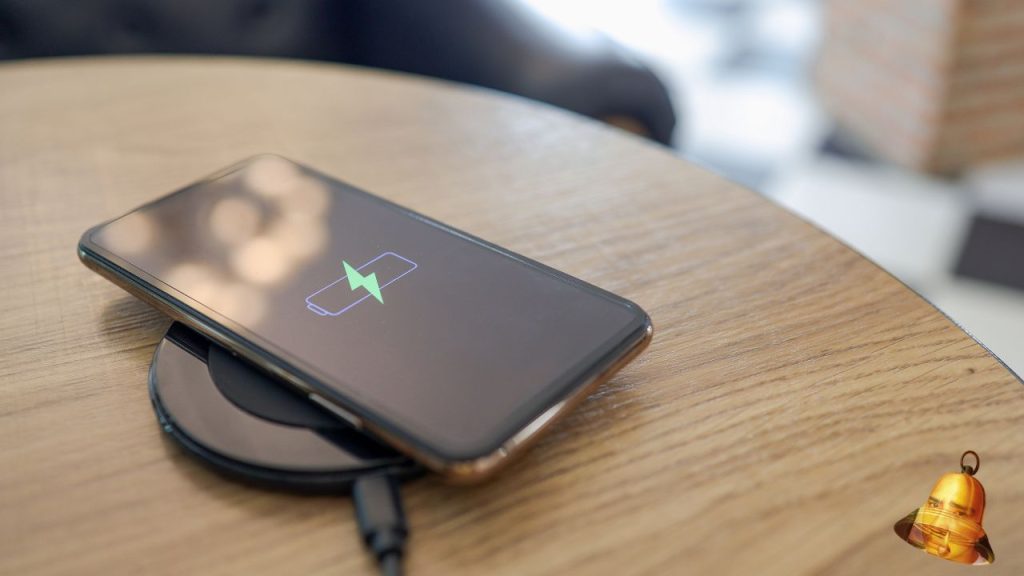In the ever-growing digital era, cellphone manufacturers are competing to create products that are not only sophisticated but also comfortable to use. One trend that has emerged recently is the use of materials other than metal in making cellphones. But, what is actually driving this change?
Metal Adds Weight To Phones
Metal, while strong and durable, tends to add weight to the phone. In an effort to make phones that are lighter and more comfortable to hold, manufacturers are turning to materials such as polycarbonate plastic or reinforced glass. These materials are not only lighter but also allow for more flexible and diverse designs.
Reasons Phone Manufacturers May Choose To Abandon Metal
Inhibits Wireless Signals

With the increasing need for better and faster connectivity, such as 5G, cellphone manufacturers must ensure that the materials used do not interfere with the signal. Non-metallic materials such as plastic or carbon fiber composites offer better signal transparency, allowing phones to receive and send signals without much interference.
More Complicated and Expensive

Using alternative materials can help reduce production costs, which in turn can reduce the selling price of the cellphone itself. This is an important factor in a highly competitive market, where manufacturers strive to offer products at affordable prices.
There are Environmental Considerations

Metal mining is an energy-intensive process and can damage the environment. By switching to more environmentally friendly materials, phone manufacturers can reduce their negative impact on the planet.
Today's Consumers Are Looking for Aesthetically Attractive Phones

Non-metallic materials offer a wider variety of colors and textures, which can appeal to consumers who want to express their personal style through the devices they use.
Advantages and Disadvantages of Using Metal Materials
The use of metal materials on cellphones has several significant impacts, both positive and negative. Here are some of them:
Excess

- Strength and Endurance
- Metals, such as aluminum and stainless steel, are known for their high strength and impact resistance. This makes the cellphone more durable and able to protect internal components from damage.
- Premium View
- Metal gives an elegant and premium look to the phone. Many consumers like cellphones with metal bodies because they look more luxurious and solid.
- Good Heat Dissipation
- Metal has good thermal conductivity, which means it can help in dissipating heat from the phone's internal components. This is important to maintain optimal cellphone performance and prevent overheating.
Lack

- Signal Interference
- One of the main disadvantages of metal is its ability to block radio signals. This can affect the quality of signal reception on cellphones, especially with 5G technology which requires a strong and stable signal.
- Does Not Support Wireless Charging
- Metal hinders the energy transfer required for wireless charging. Therefore, phones with metal bodies usually do not support wireless charging features or require special designs to overcome this problem.
- Heavy
- Metal tends to be heavier than materials such as plastic or glass. This can make the phone feel heavier and less comfortable to use for long periods of time.
- Production cost
- The use of metal in making cellphones is usually more expensive than other materials such as plastic. This can increase production costs and the selling price of cellphones.
Conclusion
While there are many reasons why a phone manufacturer might choose to abandon metal, it's important to remember that each material has its own advantages and disadvantages. Metal is still used in many high-end phones because of the premium look and solid feel it offers. But as technology advances and consumer preferences change, we may see more and more phones using alternative materials in the future.
By considering factors such as comfort, connectivity, cost, environment, and aesthetics, cell phone manufacturers continue to innovate and adapt to market needs. This is a testament to the dynamics of an industry that never stops changing, always looking for ways to improve and enrich the user experience.
So, are you ready to welcome a new era of cellphones with materials that are lighter, more environmentally friendly, and more suited to modern lifestyles? It looks like the future of mobile phones will be even more interesting with continuous innovation. Let's look forward to what the phone manufacturers will bring next!


